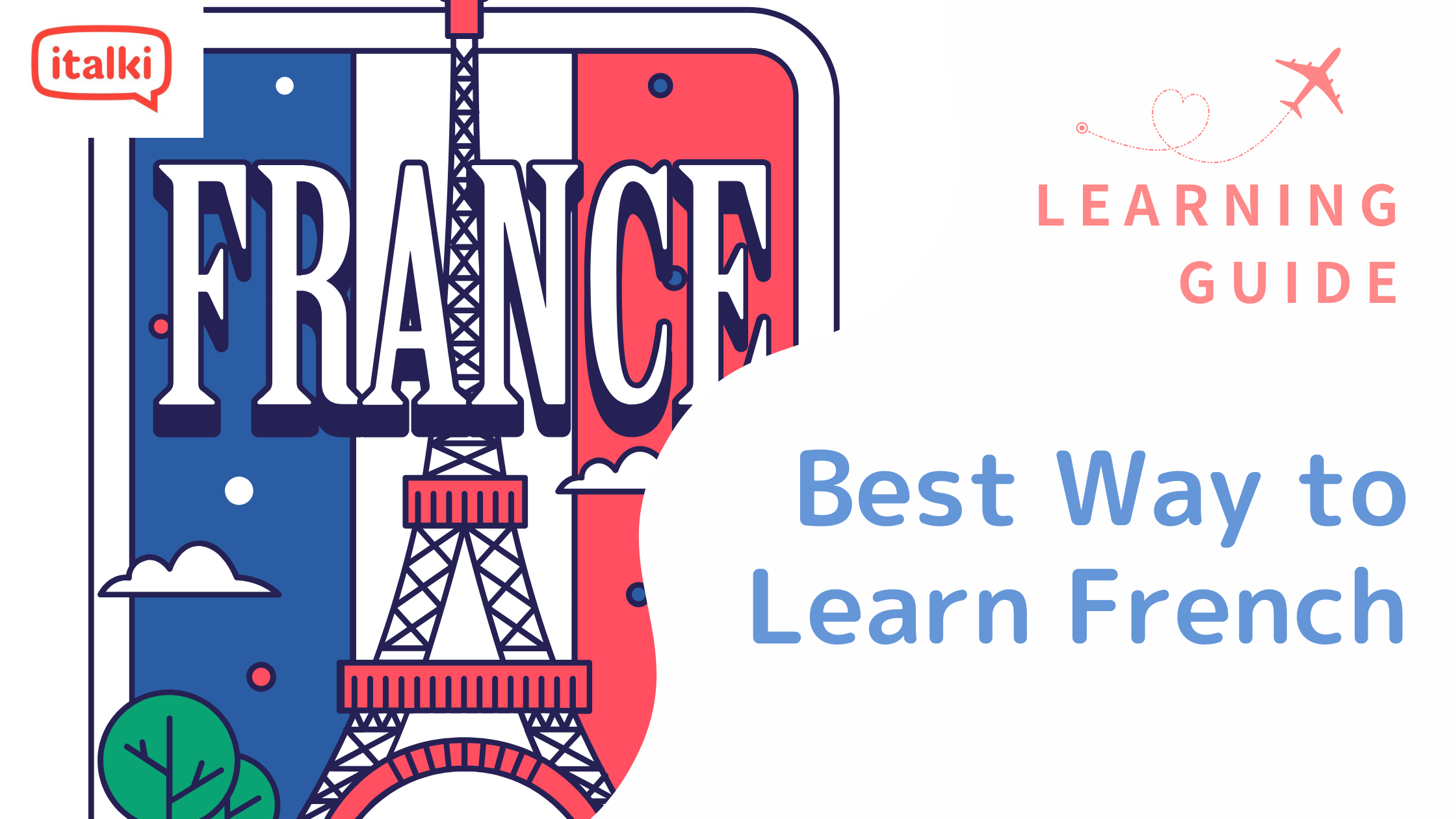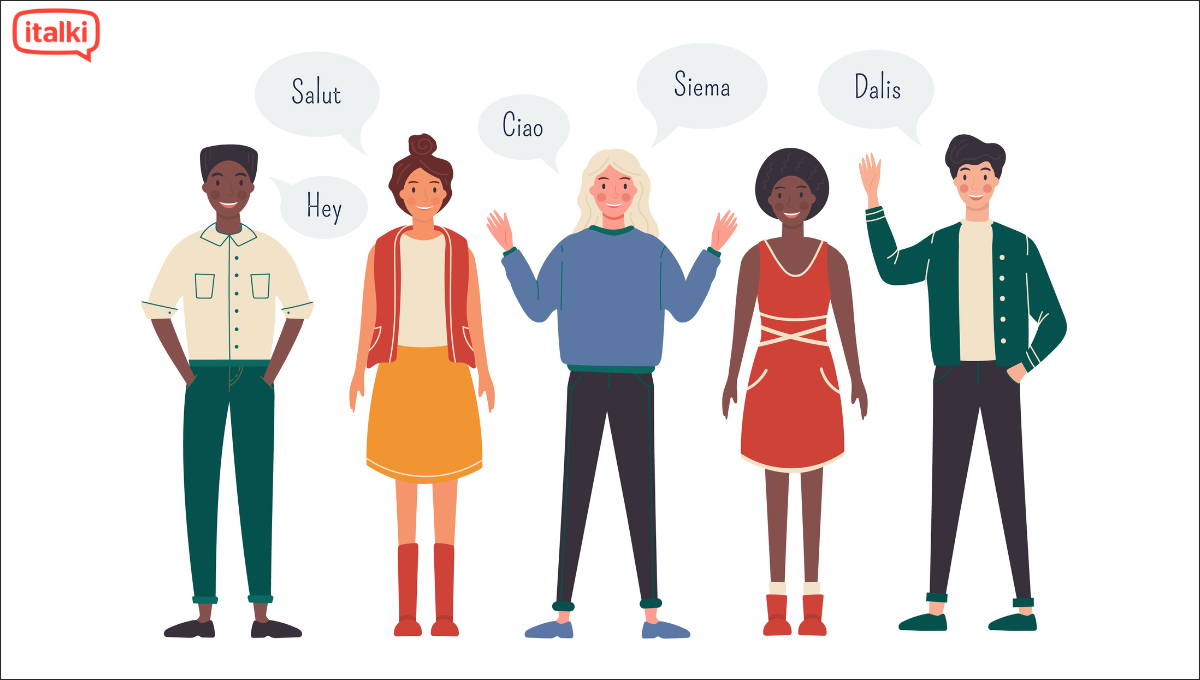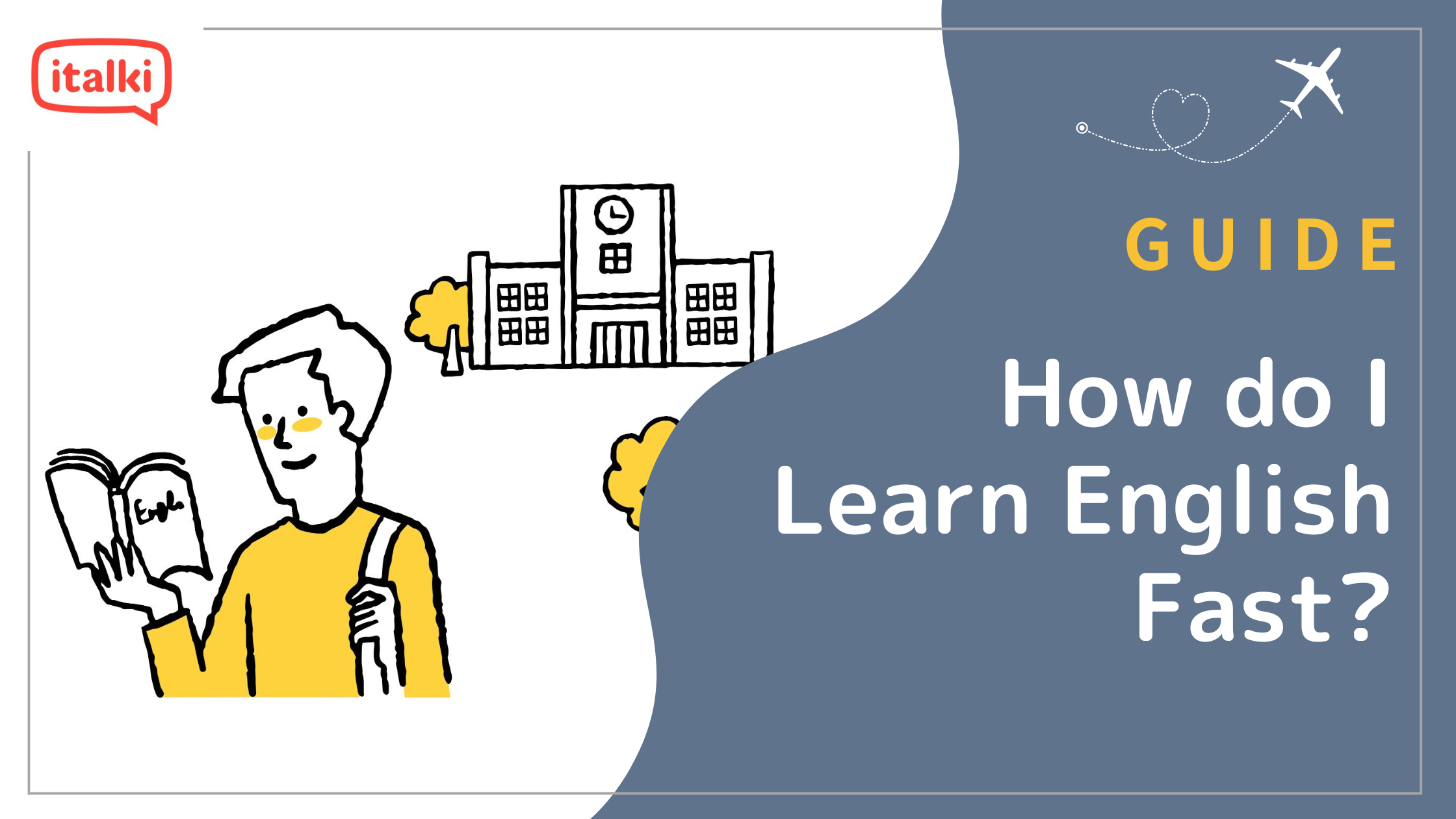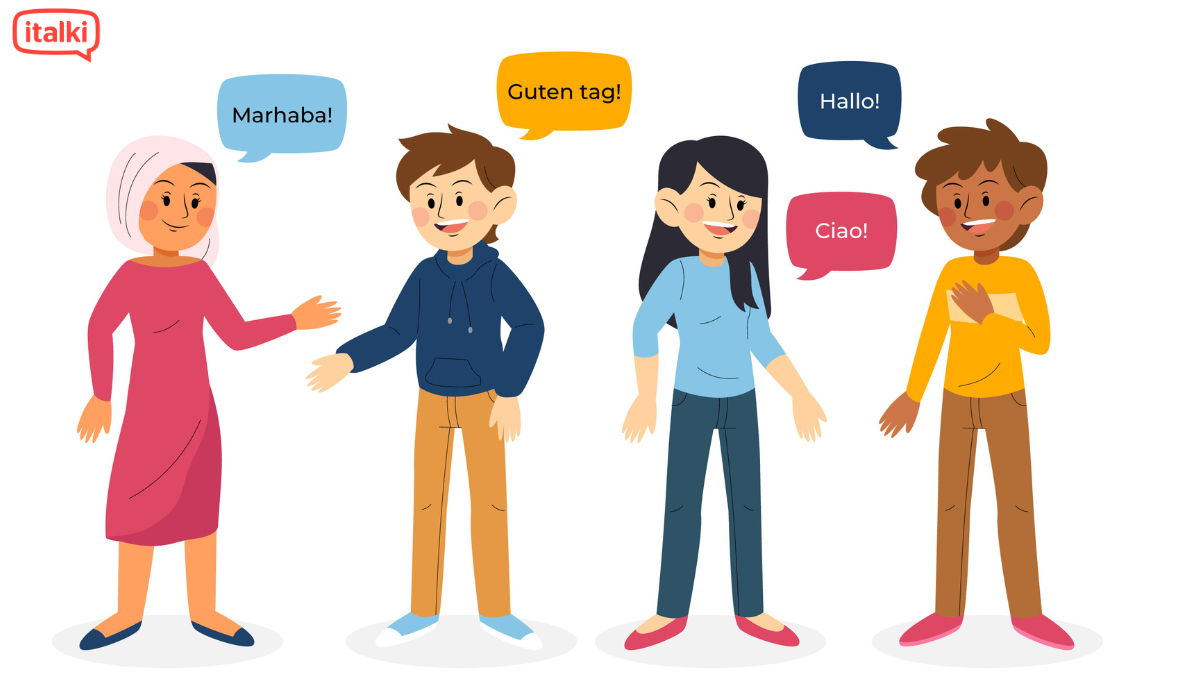Arabic is ranked fifth on the list of the world’s most frequently spoken languages at 422 million speakers as of 2019. There are several Arabic dialects, but Colloquial Arabic and Modern Standard Arabic are the two main ones.
In this article, we discuss the main Arabic dialects to learn as a foreign speaker.
Want to learn a language at italki?
Here are the best resources for you!
Modern Standard Arabic
Modern Standard Arabic is uniform across all Arabic countries. It is mainly used for written and spoken communication in formal settings such as meetings and speeches. Everyone wanting to learn Arabic is encouraged to learn MSA as it is widely used and not specific to any region or country. After learning MSA, you can then begin to understand other dialects particular to the country you’re visiting or doing business in.

Colloquial Arabic
Colloquial Arabic is a type of Arabic that’s a bit far from the formalities of diplomatic relations, academic settings, and other formal settings. It is Arabic-specific to a particular region or country. Although colloquial Arabic borrows much of its vocabulary and grammar from Modern Standard Arabic, it has its lexicon founded in its origins. Therefore, you are likely to find many variants of colloquial Arabic within the same country or region.

Egyptian Arabic
Egyptian Arabic is the most widely used and most understood form of Arabic. It’s spoken by more than 55 million native speakers and is understood by many more because it’s the language of the most popular TV shows and films in the Arab world.
Gulf Arabic
There are over 26 million Gulf Arabic speakers spread out in the Persian Gulf region, such as Bahrain, Kuwait, UAE, Qatar, and parts of Saudi Arabia. Gulf Arabic has several other dialects within it, so it’s important to note the differences in grammar and vocabulary between the many of them.
Mesopotamian Arabic
Also known as Iraqi Arabic, Mesopotamian Arabic is spoken widely in parts of southern Turkey, Syrian, Iran, and Iraq. The dialect consists of a gamut of languages native to the Mesopotamian Basin and a few Turkish, Persian, and Akkadian characteristics. Mesopotamian Arabic closely follows the 28 consonants of Arabic, making it easy to learn.
Levantine Arabic
Levantine Arabic is spoken by more than 21 million speakers spread along the Eastern Mediterranean coastal strip. It’s widely used in Syria, Jordan, Lebanon, and Palestine. Most people in these regions use Levantine Arabic for informal conversations and MSA for writing and formal communication.
Learning Arabic is beneficial in many ways. However, knowing which of its dialects to learn first before moving to others can make your learning a lot faster and easier. First, begin with Modern Standard Arabic before moving to other region-specific dialects.
On italki, you can find professional Arabic teachers to guide you through the different dialects and complexities of the language and develop customized Arabic lessons according to your needs. For as little as $10, you can begin to learn Arabic online on italki.

Find Your Perfect Teacher
At italki, you can find your Arabic tutor from all qualified and experienced teachers. Now experience the excellent language learning journey!
Book a trial lesson















